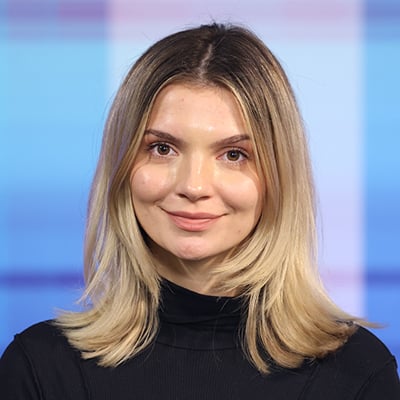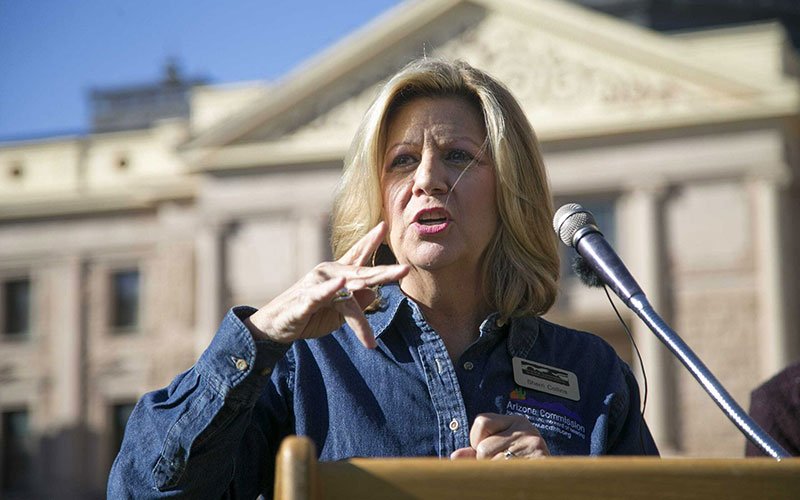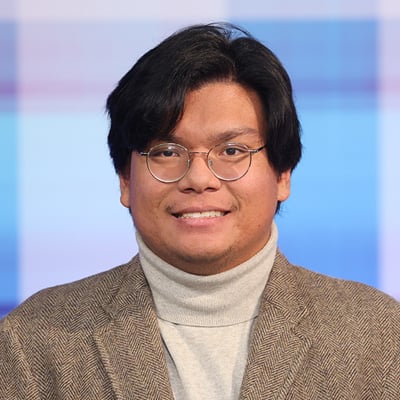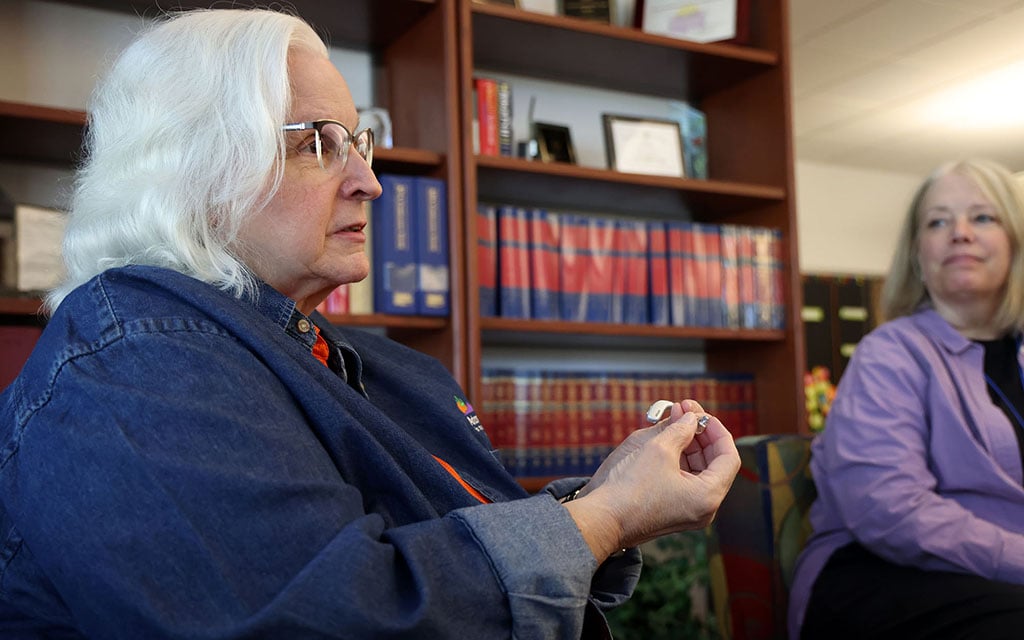
Michele Michaels, left, the hearing health care manager at the Arizona Commission for the Deaf and Hard of Hearing, displays her hearing aid on March 19. (Photo by Kevinjonah Paguio/Cronkite News)

After living with impaired hearing for 50 years, Jane M. Howard Turner turned to the Arizona Commission for the Deaf and Hard of Hearing and got testing and hearing aids through the Hearing Healthcare Assistance Project. (Photo by Kevinjonah Paguio/Cronkite News)
PHOENIX – Jane M. Howard Turner lived with the “noise of the night,” a term she coined in her youth when a medication caused permanent ringing in her ears. For decades, Turner watched her mother manage progressive hearing loss without realizing that the “noise of the night” was a sign that Turner was in the same situation.
Turner had her hearing tested for the first time at 19 years old, when doctors told her to sleep with the television on to try to muffle the constant ringing in her ears. Over 50 years later, Turner finally received proper hearing health care from the Arizona State University Speech and Hearing Clinic .
“It was a nighttime noise that I had to deal with,” Turner said. “When I found out that it wasn’t an outside noise, that it was more in my ears, I tried to use something to mask it and I’ve done that for all these years until last year.”
The clinic, part of ASU’s College of Health Solutions, offers diagnostic care and speech and language therapy for thousands of patients annually. Patients arriving at the on-campus clinic work with team members and students to develop a care plan and review their hearing loss needs.
While open to anyone seeking hearing health, the clinic offers care for low-income adults 21 or older with an income at or below 150% of the poverty level, funded through the Hearing Healthcare Assistance Project, a partnership of the Arizona Commission for the Deaf and Hard of Hearing with the state’s public universities. Since partnering with ACDHH on the assistance project in 2021, the clinic has provided free care for nearly 80 adults.
Michele Michaels, the hearing health care manager at ACDHH, recognized that low-income adults who can’t afford private insurance and don’t have government assistance lack access to hearing health care. After learning of a hearing aid donation to the ASU Speech and Hearing Clinic, Michaels pushed for a way to assist those managing hearing loss or deafness with little funds.
With a grant proposal from the former head of the ASU speech clinic and 100 extra hearing aids at the ASU clinic, Michaels created the HHAP.
“I surveyed every state to see what they were doing for hearing health care for low-income adults, and then designed this project, which is unlike anything else that’s being done in the country,” Michaels said.
The project offers and covers the cost of a hearing test, hearing aids, hearing aid fittings, batteries, wax traps, ear molds, and aural rehabilitation. The cost of such care would typically range from $200 to $1,500 for hearing aids alone, according to Michaels.
As ASU and ACDHH approached the three-year mark, Michaels and providers wanted to expand access, particularly after learning that transportation challenges prevent people from participating in the project. The commission looked toward the two other state universities for assistance and announced the involvement of Northern Arizona University in 2023 and the University of Arizona earlier this year.
“We have clients in our program who have qualified, they can get a hearing aid, but they have trouble getting here,” said Kate Helms Tillery, clinical associate professor at Arizona State University’s College of Health Solutions. “And that was one reason why we expanded the partnership to include U of A so that people who live in more rural areas of the state don’t have to drive all the way to Phoenix to get their services.”
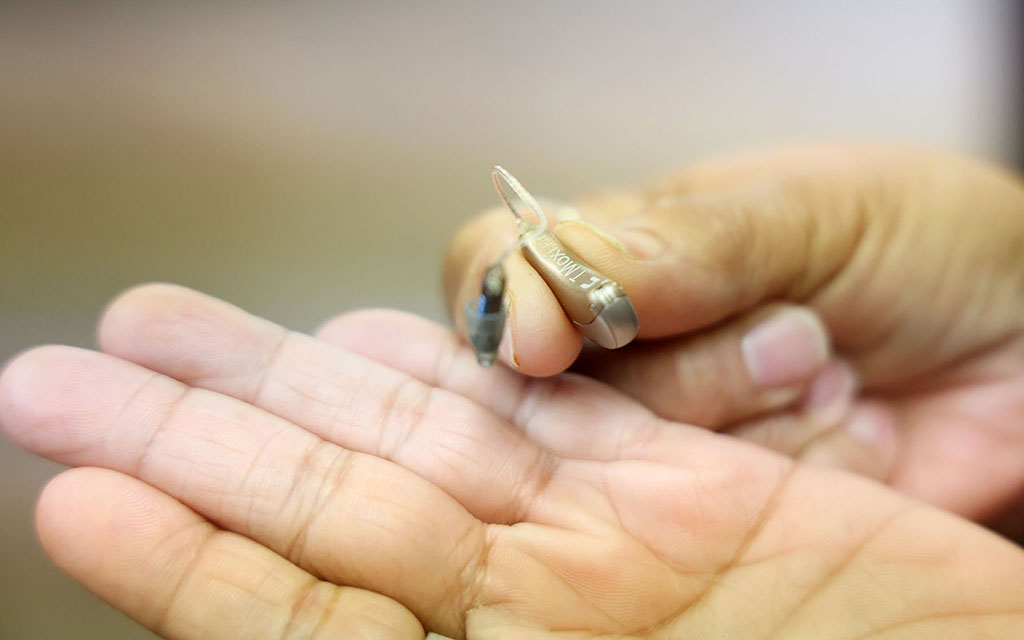
Jane M. Howard Turner shows off her hearing aid on March 21. Turner has a permanent ringing in her ears and masked the sound by sleeping with the TV on. She finally got hearing aids through the Arizona Commission for the Deaf and Hard of Hearing Hearing Healthcare Program. (Photo by Kevinjonah Paguio/Cronkite News)
While the expansion to northern and southern parts of the state eases access for many outside of the Phoenix area, ACDHH and providers at ASU wish to expand further by using trained community care workers and additional clinics in areas like Yuma.
Those seeking hearing care assistance are welcomed by Christy Abrams, the hard of hearing specialist at ACDHH, who listens closely to their needs and guides them toward the best option. If their best option is the HHAP, Abrams sends them to one of the three universities where they start the process with four essential appointments.
“We’ve had over 1,000 people who have contacted us since we started the project and since we started our agreement with ASU, 666 people have contacted Christy and said, ‘I need help,’” Michaels said.
Just as Turner did, new patients in the HHP receive a hearing test at their first clinic visit that measures their hearing loss and determines if they’ll benefit from hearing aids. If they require hearing aids, they are encouraged to meet with the aural rehabilitation team to learn how to manage their hearing loss and the emotions they might have about getting hearing aids. From there, patients return for a fitting appointment and at least two follow-up appointments with the entire team, which includes students in the speech language pathology training program.
Clinical professors at ASU’s Speech and Hearing Clinic allow students to participate in nearly every step, from diagnosis to aural rehabilitation. Student participation in clinical care can enable many of them to lead appointments by the end of the semester without constant monitoring from professors.
“So there may be other programs that may fit hearing aids, but what sets us apart is we meet with those individuals again and again, so they are able to figure out communication solutions,” said Aparna Rao, clinical professor at ASUs College of Health Solutions.
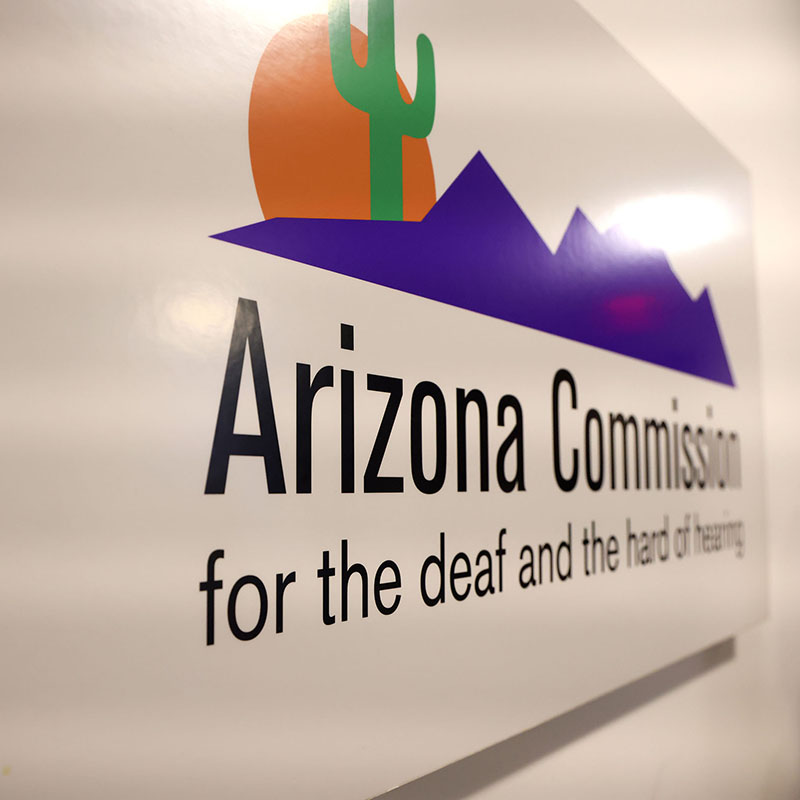
The Hearing Healthcare Assistance Project, a partnership between the Arizona Commission for the Deaf and Hard of Hearing and Arizona public universities, is in its third year. The commission has received 1,000 calls for assistance in getting hearing aids. (Photo by Kevinjonah Paguio/Cronkite News)
Tillery said clinics offering aural rehabilitation help those with hearing loss maximize their ability to communicate and function in daily life. While there are several factors to this rehabilitation process, Tillery points out the importance of ensuring that patients are well-equipped to navigate the sounds and barriers in the world around them.
There is no copay for HHP services and the program promises in-depth diagnostic and rehabilitation processes for those without insurance or those not qualifying for other assistance programs, making this project unlike any other, according to Michaels.
“Knowing I had to have $400 at least as a copay was just out of my range,” Turner said. “I could not afford it. And that was another reason that I was hopeful that the commission could help me … So I was aware that I have to travel there to be evaluated, but it would be a covered thing, including the hearing aids and batteries, which I couldn’t ask for any more.”
Tillery said the project could empower low-income adults with hearing care needs. For Turner, hearing aids revealed new sounds, like the static of a computer and the giggles of children at the schools where she’s volunteered since 2014.
“A client who comes to us is able to go from feeling very isolated and alone to reconnecting with family and with our community,” said Tillery. “Sometimes also realizing that they’re not alone in their hearing loss.”
While Michaels and Abrams have been able to extend assistance to many low-income adults so far, they hope to see the assistance project become a permanent program to aid the over 1 million adults with hearing loss in Arizona.
In the meantime, providers at the clinics want to expand access and support to communities that don’t have hearing care and need local and state help to do so.
“Everybody in the community has a role to play,” Rao said.
